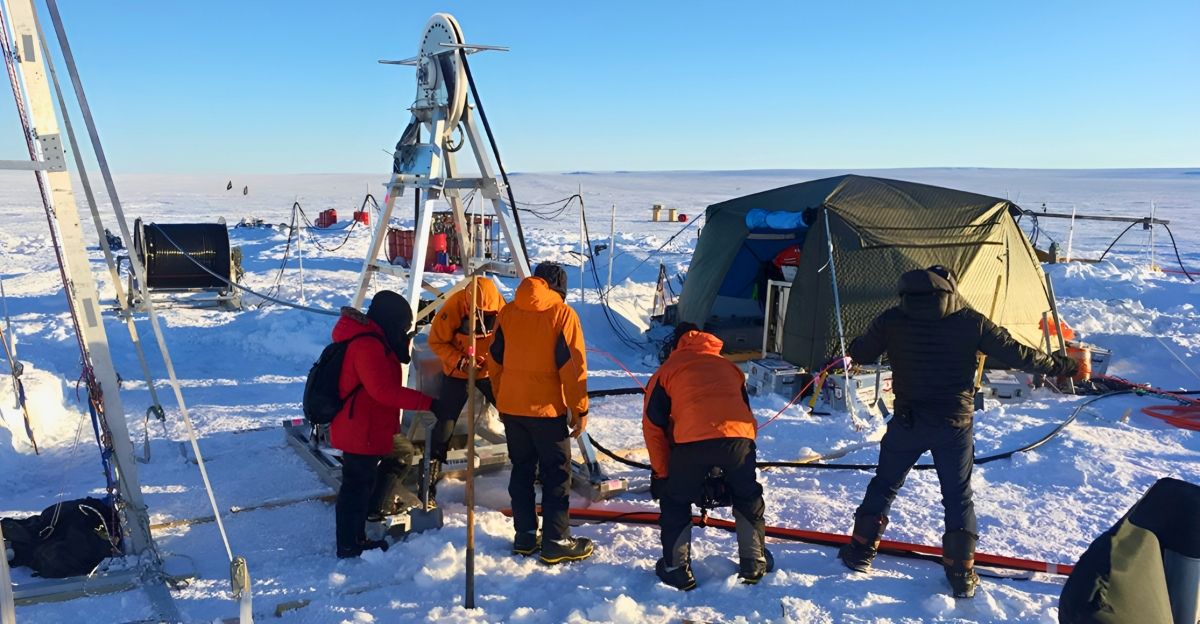
Something remarkable lies deep beneath the ice in Antarctica. It was concealed from humans for more than 34 million years. It’s something so old and mysterious that it’s beginning to sound a lot like the opening to a sci-fi film, but it’s all factual. Scientists examined through close to two kilometers of solid ice to discover a world from a completely different period, frozen in time.
And beneath the frozen, icy surface of East Antarctica is an older fossilized topography, one that predates the age of ice itself. What they’ve discovered has the ability to rewrite all we’d come to believe about the history of our world—and its potential future.
Frozen in Plain Sight

East Antarctica is perhaps the most hostile environment on the planet—bleak landscapes of snow, wind, and emptiness. Its ice sheet covers more than 10 million square kilometers. It’s the globe’s largest single mass of ice.
Scientists had long wondered whether there was something remarkable hiding under the icy surface. But until now, the means to reasonably explore it were not available. The truth had actually been buried under the weight of time, pressure, and ice—hidden in plain sight.
The Great White Curtain

Visualize a landscape so ancient, so untouched, it has not known the glow of sunlight for more than 30 million years. It is no ordinary piece of land. Locked under almost two kilometers of Antarctic ice, it has been concealed since before polar ice caps existed.
Not even the corrosive scarring of ice flow could penetrate it. How did it stay concealed so many millennia? The sheer size and thickness of the East Antarctic Ice Sheet behaved like a colossal glass lid—sealing the past in complete silence.
Enter the Satellites
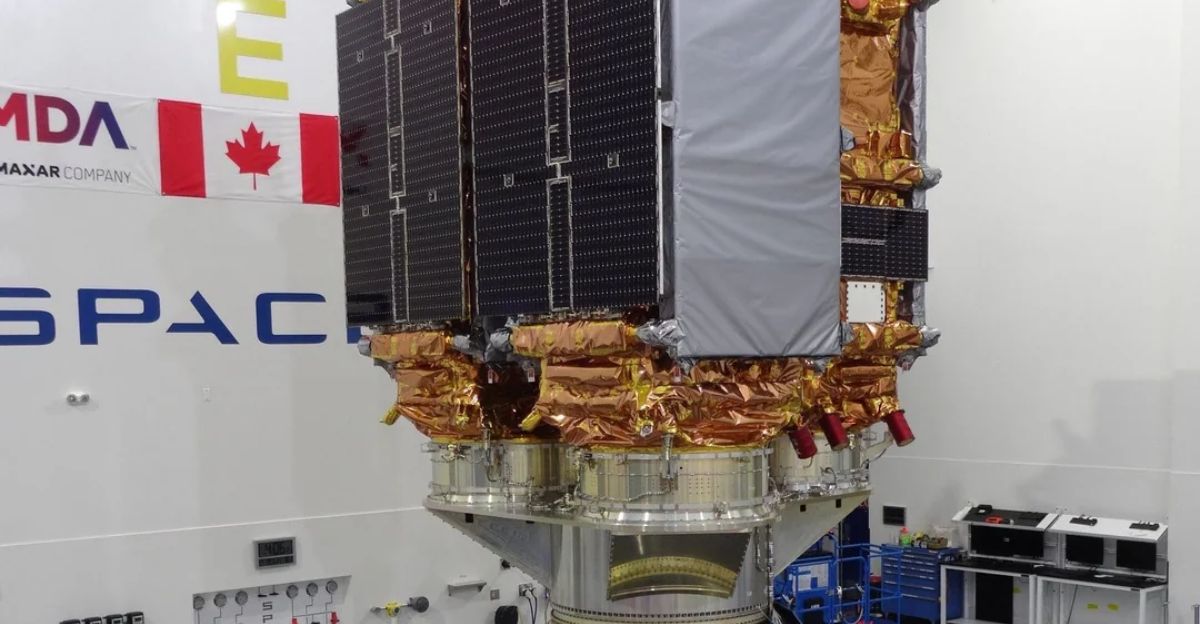
The solution didn’t come with feet on the ground, but with eyes in the air. Employing RADARSAT, a Canadian armada of satellites, scientists measured infinitesimal, subtle waves in the ice surface—peculiarities too fine to be mere noise of nature.
These readings provided hints of the shape below, such as being able to read braille on ice. With each sweep, the satellites assembled a clearer picture. What was uncovered was breathtaking: a colossal, shaped world as wide as Wales, with ancient valleys, ridges, and channels—entirely invisible to modern eyes.
The Time Capsule Opens

“It’s like finding a time capsule,” said Stewart Jamieson, Durham University’s principal investigator. The find wasn’t a curious geologic footnote—it was a big fat entry point into the ancient climate of the planet.
The earth hadn’t been shuffled around by glacial movement, so it remained untouched since before glaciers existed. It’s that old—a complete landscape and one of the oldest ever discovered. Everything that was under that ice has stayed precisely the same—frozen not only in temperature, but also in time.
Back to Gondwana
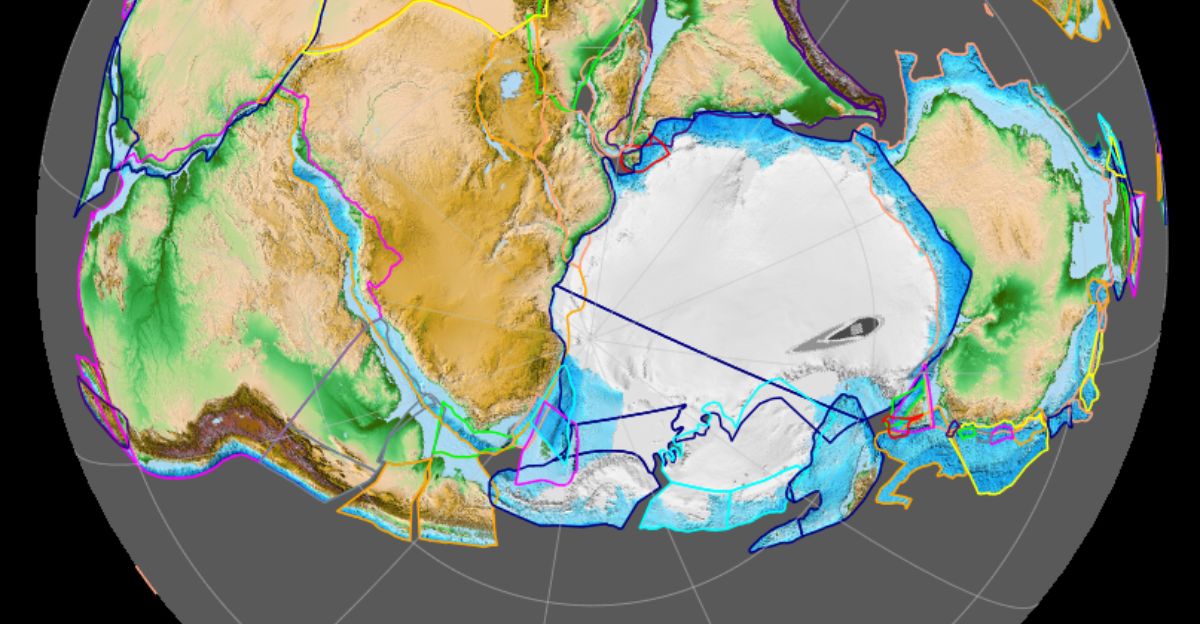
Before Antarctica was a frozen wasteland, it was part of Gondwana—a massive supercontinent that also had Africa, Australia, and South America. Rivers flowed, lush forests flourished, and probably even dinosaurs roamed the planet. The climate 34 million years ago was wildly different.
CO₂ levels reduced, temperatures decreased, and Antarctica started to freeze. Slowly, a massive sheet of ice moved in over what was once fertile land. What remains beneath today is a fossilized record of this vanished world—curved into shapes by rivers before the great freeze consumed everything.
Nature’s Imprint
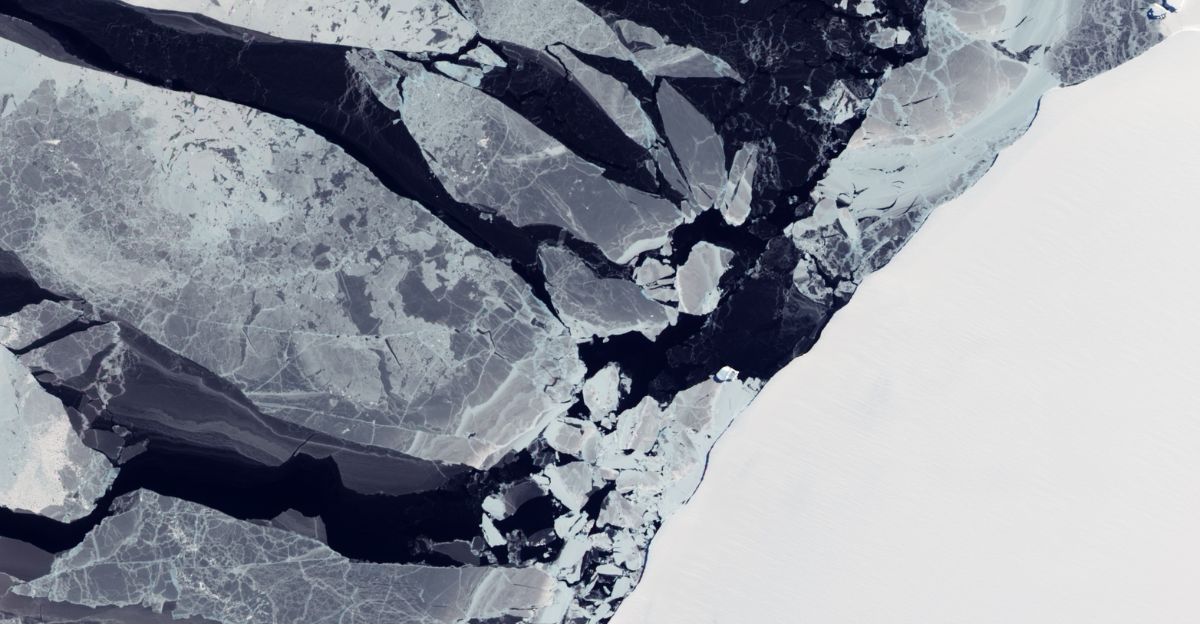
The features exposed are unmistakably formed by water—not ice. Broad valleys, sweeping channels, and rounded ridges display the signature of long-gone rivers that once flowed effortlessly across the land.
This suggests the landscape is pre-glacial, from a time when Antarctica enjoyed a climate not so different from today’s temperate zones. These are not random markings. They are signatures—etchings left behind by an Earth long extinct, preserved beneath a glacial tomb.
Cracking the Ice Sheet’s Code

This finding is greater than geologic trivia. It provides scientists with unusual information about how massive ice sheets are built. If scientists know the age, shape, and state of preservation of this landscape, they can map the creation and history of the East Antarctic Ice Sheet over millions of years.
And that is critical. Because if we can determine how it was created, we might be able to forecast how it will react to environmental changes today—like what we’re seeing now.
Old Land, New Tech
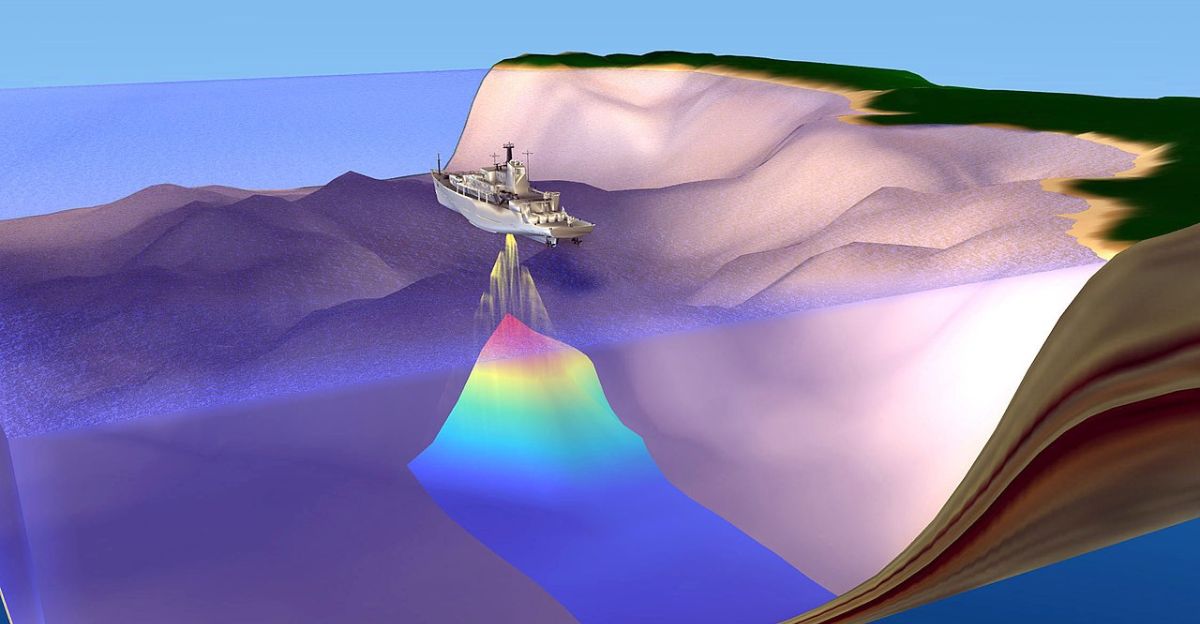
In addition to RADARSAT, researchers employed radio-echo sounding (RES)—a way of pulsing radar through ice and having it bounce back off buried topography.
Coupled with flexure modeling and airborne reconnaissance from ICECAP flights, this provided researchers with a 3D-like image of what was below. That evidence later appeared in Nature Communications, describing a landscape created by erosion, tectonics, and time—far before the first snow ever hit East Antarctica.
Mapping the Ghost Rivers
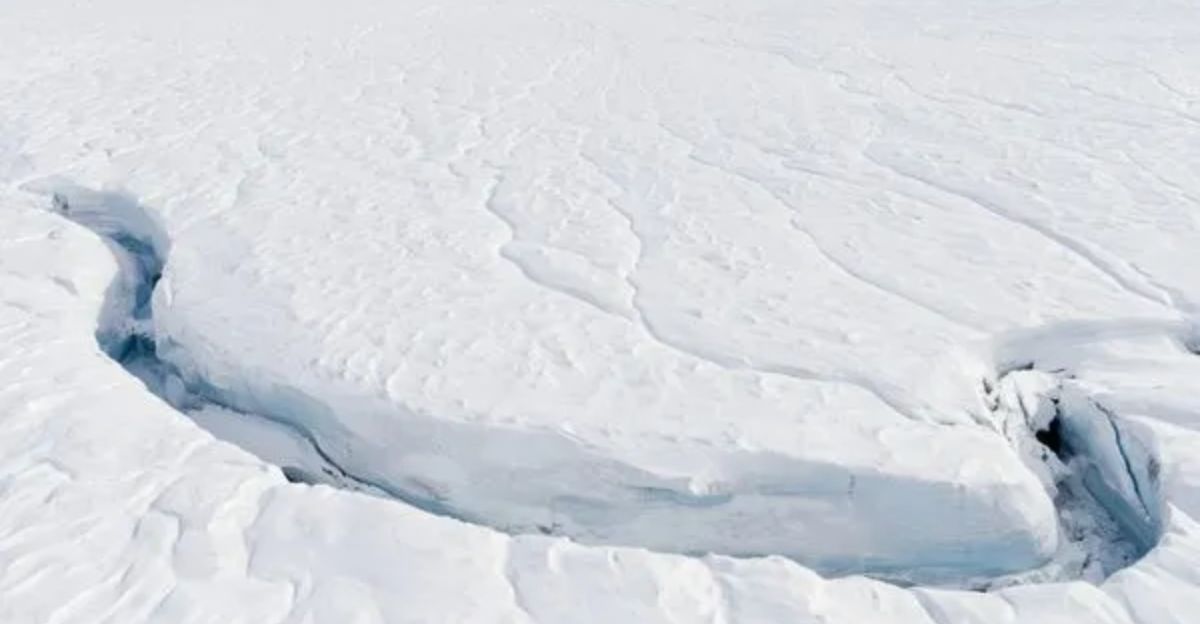
Scientists unveiled, using sophisticated modeling, that the troughs and highlands under the ice did not develop at random. They show patterns characteristic of ancient river systems. These ghost rivers flowed freely across Gondwana before they were petrified in mid-stride.
They’ve now been found under current ice, revealing something incredible: entire ecosystems and geologic histories can be preserved to perfection, even in harsh conditions. It’s a fossil of a different kind—an entire landscape.
Why This Matters Now
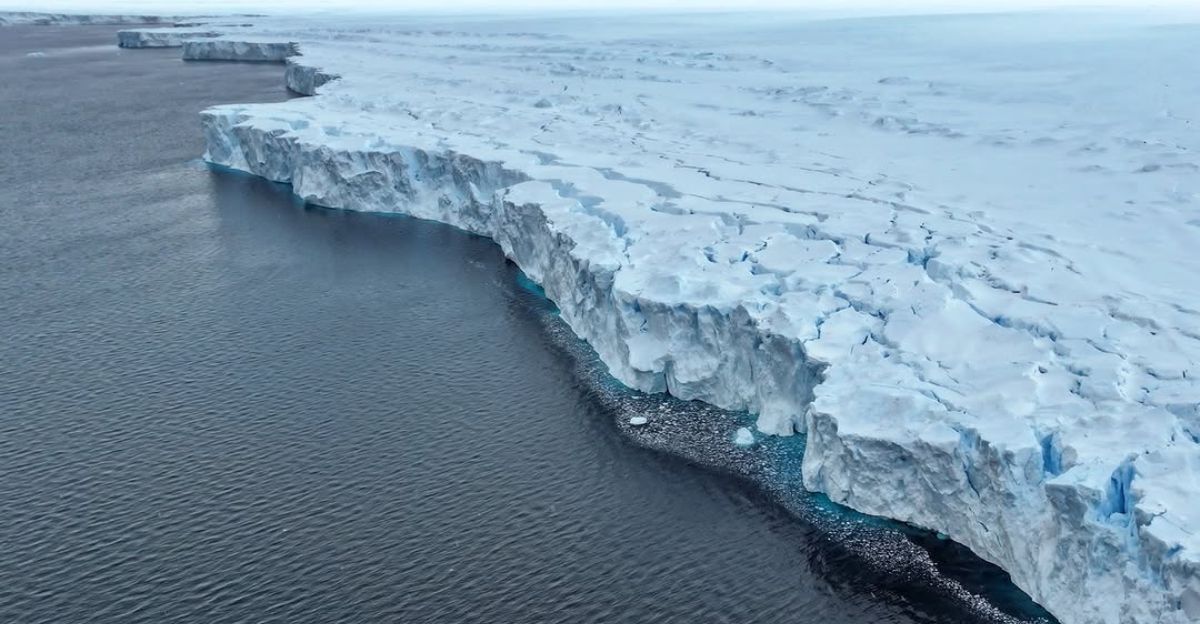
The Antarctic Ice Sheet is more than a frozen fossil; it’s a dynamic participant in the drama of the Earth’s global climate. If a portion of it starts to thaw—as scientists worry that it may—the sea-level rise it creates will be disastrous.
The ancient surface of the land beneath the ice is helping scientists develop more precise models for forecasting this. Its condition and age inform us about how past climate change shaped the landscape which in turn gives clues about what future climate change will do.
A Glimpse of the Future
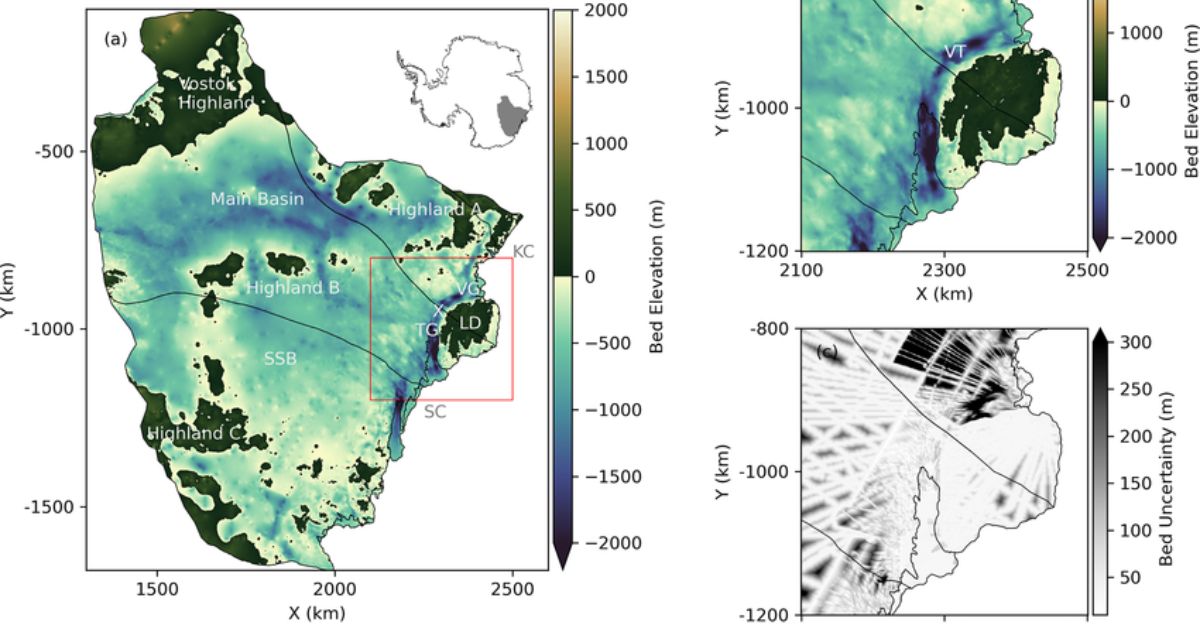
Low-lying, marine-based areas like the Wilkes and Aurora Subglacial Basins are especially vulnerable. If warming continues, these regions could retreat rapidly, pouring freshwater into the oceans.
That’s why it’s so critical to investigate these cold landscapes. They tell us not only about the way things used to be in Antarctica, but about the way things could be. The past literally holds the blueprints for the future.
Earth’s Frozen Memory

The terrain beneath the East Antarctic Ice Sheet is more than a footnote out of ancient history—it’s the memory of the Earth, frozen in ice. It dates back centuries, a record of vanished rivers and forests lost to the ages.
And it reminds us just how finely balanced the equilibrium of our own world really is. With every satellite pass and radar pulse, we’re not only looking down—we’re looking back. And what we observe is both inspiring and imperative.
The Lost World Awakes

So we now have it: below the frozen, silent blanket of Antarctica hides a lost world—a 34-million-year-old whisper from the depths of Earth’s past.
It’s the story of rivers turned to ice, of continents ripped asunder, of climates rewritten. What else is the ice keeping under its silence? What else is yet to be told? As the world’s secrets begin to reveal themselves, this lost world may only be the start.
Explore more of our trending stories and hit Follow to keep them coming to your feed!

Don’t miss out on more stories like this! Hit the Follow button at the top of this article to stay updated with the latest news. Share your thoughts in the comments—we’d love to hear from you!







